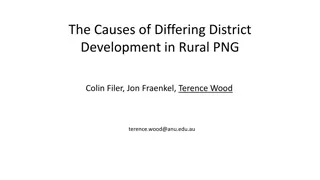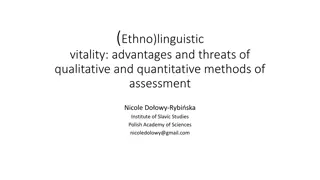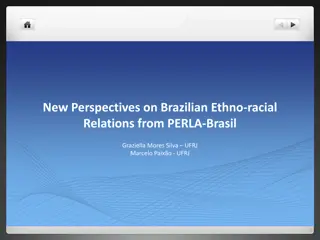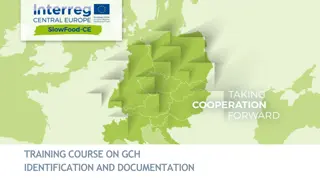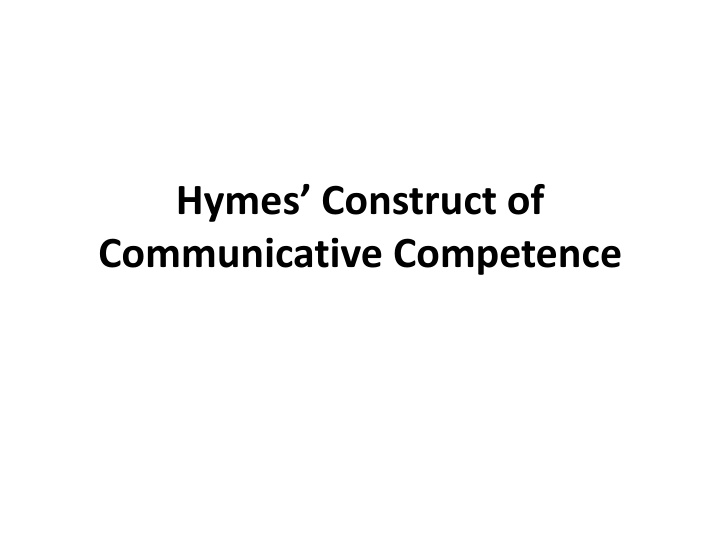
Communicative Competence in Cross-Cultural Contexts
Explore the concept of Communicative Competence, which involves linguistic knowledge and understanding of social norms for effective communication. Learn how cultural differences can lead to misunderstandings and discover examples from the Algerian context.
Download Presentation

Please find below an Image/Link to download the presentation.
The content on the website is provided AS IS for your information and personal use only. It may not be sold, licensed, or shared on other websites without obtaining consent from the author. If you encounter any issues during the download, it is possible that the publisher has removed the file from their server.
You are allowed to download the files provided on this website for personal or commercial use, subject to the condition that they are used lawfully. All files are the property of their respective owners.
The content on the website is provided AS IS for your information and personal use only. It may not be sold, licensed, or shared on other websites without obtaining consent from the author.
E N D
Presentation Transcript
Hymes Construct of Communicative Competence
Communication requires speakers to perform certain functions within a social context + Linguistic competence (rules of linguistic USAGE) = Communicative competence = knowing when and how to say what to whom ( how to say it appropriately in any given situation = USE).
CC involves the SOCIAL and CULTURAL knowledge to interpret linguistic forms So, What is CC? linguistic competence + knowledge of Appropriateness, Occurence, Feasibility
APPROPRIATENESS = whether and to what extent something is suitable OCCURRENCE = whether and to what extent something is done FEASIBILITY =whether and to what extent something is possible under particular circumstances
Communicative Competence = who may or may not speak in certain settings + when to speak and when to remain silent + to whom one may speak + how one may talk to persons of different statuses and roles + what non-verbal behaviours are appropriate in various contexts + what the routines for turn-taking are in conversation + HOW TO: ask for and give information, request, offer or decline assistance or cooperation, give commands, enforce discipline,
Examples of Cross-Cultural differences causing MISCOMMUNICATION/ MISUNDERSTANDINGS
TASK: Think of other examples from the Algerian Context that may cause misunderstanding or miscommunication with English people.
CC also includes the paralinguistic and non-verbal phenomena which have conventional meaning in each speech community.
Paralinguistics Non-Lexical elements of Communication the volume, speed, intonation, ( voice along with gestures) -Gestures -Facial Expressions -Eye Contact -Body Language
How DEAF Speech Community interprets language ( through SIGN Channel not ORAL or WRITTEN) ONE criticism of Chomsky s Linguistic Competence = Unidirectional (Focus on ORAL production only)
All in all Communicative Competence = KNOWLEDGE + SKILLS (shared by a speech community)
Accounting for the nature of communicative competence ultimately requires going beyond a concern with Language (capital L) or a language. It requires a focus on the ways in which people do use language . . . (Hymes 1993: 13).







